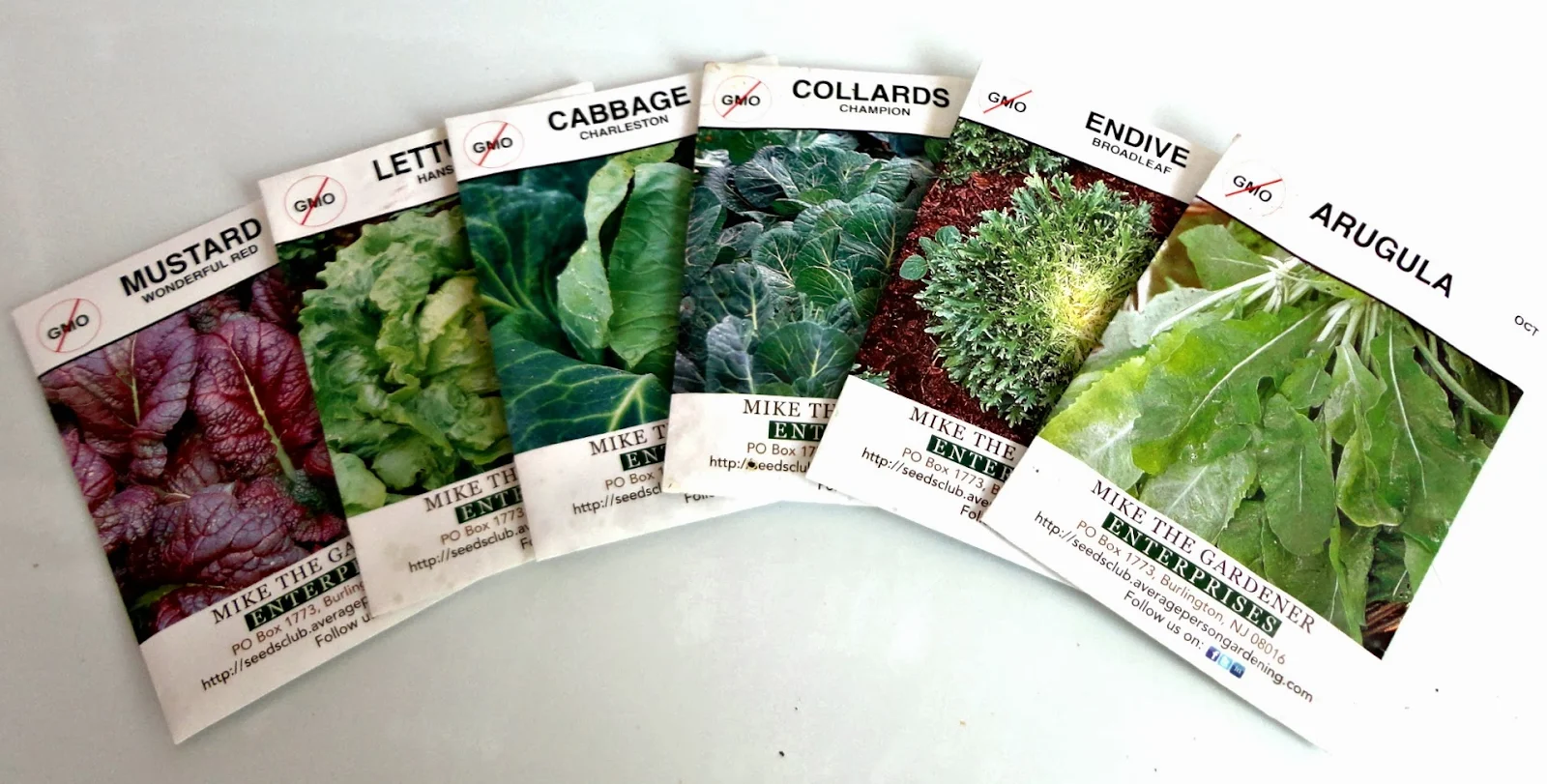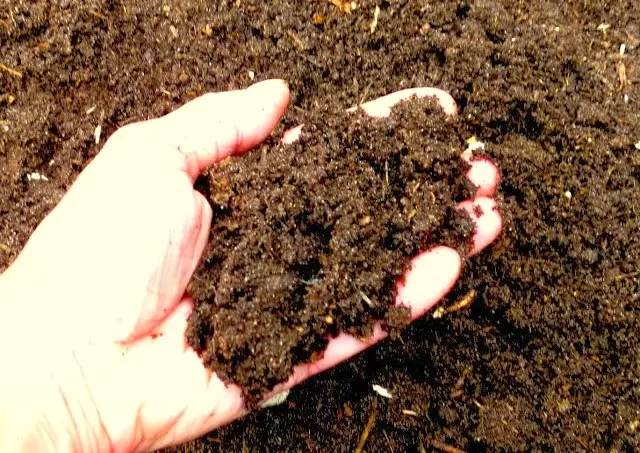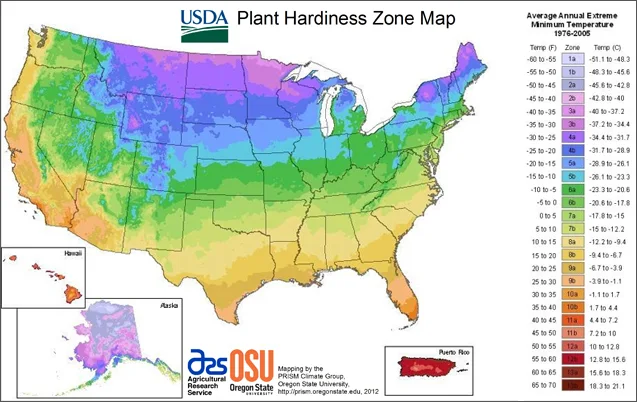Planning your Spring Flower, Herb and Vegetable Gardens
There's still snow on the ground in many places, the ground is frozen solid and will be for several more months, but that doesn't mean that you can't start to plan your spring garden.
One of my favorite winter past times, in addition to knitting, drinking tea and making up my chick and duckling wish lists, is flipping through seed catalogs and planning what to plant in my herb, edible flower and vegetable gardens.

Most seeds will grow almost anywhere in the United States, barring some extremely cold-sensitive crops, but the key is the timing of when you plant. Depending on which planting zone you live it, that will determine when you plant, if you start seeds indoors or direct sow, and to a certain extent, what types of crops you will grow.
Know your Planting Zone
I grew up gardening in Massachusetts with my Mom in zone 5b - although I knew nothing about planting zones at the time, then I moved to Long Island after college and grew herbs and flowers as well as vegetables there in zone 7b.
That followed two years in Pensacola, Florida (talk about a challenge to figure out gardening in zone 9a!), then lived for more than a decade in Virginia which was zone 8a. Now we live in Maine and I'm gardening in zone 5a. Which is pretty close to the same climate I started in!
Planning your Spring Garden
While I do have some perennial flowers that come back year after year, I like to add a few new things each spring to my annual favorites.
I have a large herb garden, plus a comparably-sized edible flower garden and plant vegetables both in and around the chicken run as well as in a separate garden.
By focusing on edible flower and herbs along with vegetables that the chickens love to eat, I manage to supplement our flock's diet and health very economically as well as grow nutritious, organic produce for our family.
I use non-GMO, organic seeds and don't spray or treat my gardens. One of the nice things about having chickens is that any buggy or bunny-eaten produce AND the bugs can go right to them, so nothing ever goes to waste.
I don't mind sacrificing some of our bounty and sharing with the chickens one bit. I don't allow the chickens access to our gardens - that will be the topic of another post in the weeks to come - because they don't discriminate and will eat literally everything you have planted!
I get asked all the time what I plant, so I thought I would share what I have planned for this year.
Planning your Spring Vegetable Garden
In my vegetable garden, I will be planting fennel which I love to cook with (and the ducks love), Brussels sprouts (another particular favorite of the ducks), peas, cucumbers and a few different types of squash. I also plant several varieties of tomatoes, plus cantaloupes and watermelon. Yes, you can grow watermelon and cantaloupe, even in Maine!
I plant several types of lettuce and leafy greens, plus cabbage and arugula. These make wonderful salads all summer as well as healthy chicken and duck treats. Ducks in particular love anything green and leafy and these treats are so nutritious for them.
Planning your Spring Herb Garden
In the herb garden, I have lavender, oregano, sage and thyme as perennials along with several types of mint including spearmint, chocolate and orange mint.
This year I'll be adding some lemon mint in addition to dill (hey, I'm Scandinavian, I put dill on everything!), parsley, coriander and some cinnamon basil, along with sweet Italian basil and lemon basil.
Nearly every culinary herb has such amazing health benefits for both you and your chickens, it's worth adding some to your garden.
For a tour of last year's herb garden click HERE. For a list of health benefits of some common herbs click HERE.
Planning your Spring Flower Garden
In my edible flower garden I have perennial Echinacea, bee balm and roses, as well as white and purple violets.
Each spring I plant nasturtium (pretty, fun to grow and thought to be a natural chicken wormer) and sunflowers that I start in eggshells in the house.
I also love to plant marigolds which help to contribute to nice bright orange egg yolks if you add the flowers to your chickens' diet.
I am getting excited about this year's garden, as I do each year. I love spending time working in the warm soil, nurturing the seedlings and watching as they bloom into full-fledged plants.
It's amazing how much I can reduce both our grocery bill and our chicken feed costs by growing a variety of produce myself.
When you browse the seed catalogs, you will need to know your planting zone. Here's a handy chart courtesy of the USDA:
And here's a great reference guide from New Dimension Seed for the soil temperatures needed to sow/plant various types of plants:
You'll also need to know your last frost date to time your seedlings correctly whether you're starting them indoors or direct planting into the ground outside. The Farmer's Almanac offers this handy tool.
So while we're clearly still a few weeks from getting started planting our gardens, I can dream, can't I?
































